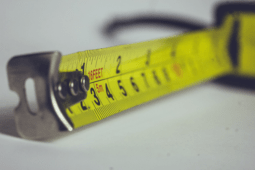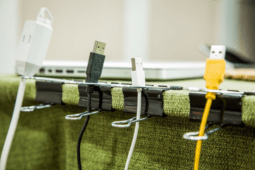DIY Fixes for Wobbly Dining Room Chairs Without Major Repairs
Wobbly dining room chairs can be frustrating and even hazardous, especially if they’re frequently used by family or guests. But before you consider tossing them out or paying for expensive repairs, there are a few simple DIY fixes that can bring stability back to your chairs. These straightforward methods don’t require major tools or expertise—just a bit of time and a few materials you may already have on hand. Let’s explore some easy ways to keep those dining chairs steady!
1. Tightening Loose Screws and Bolts
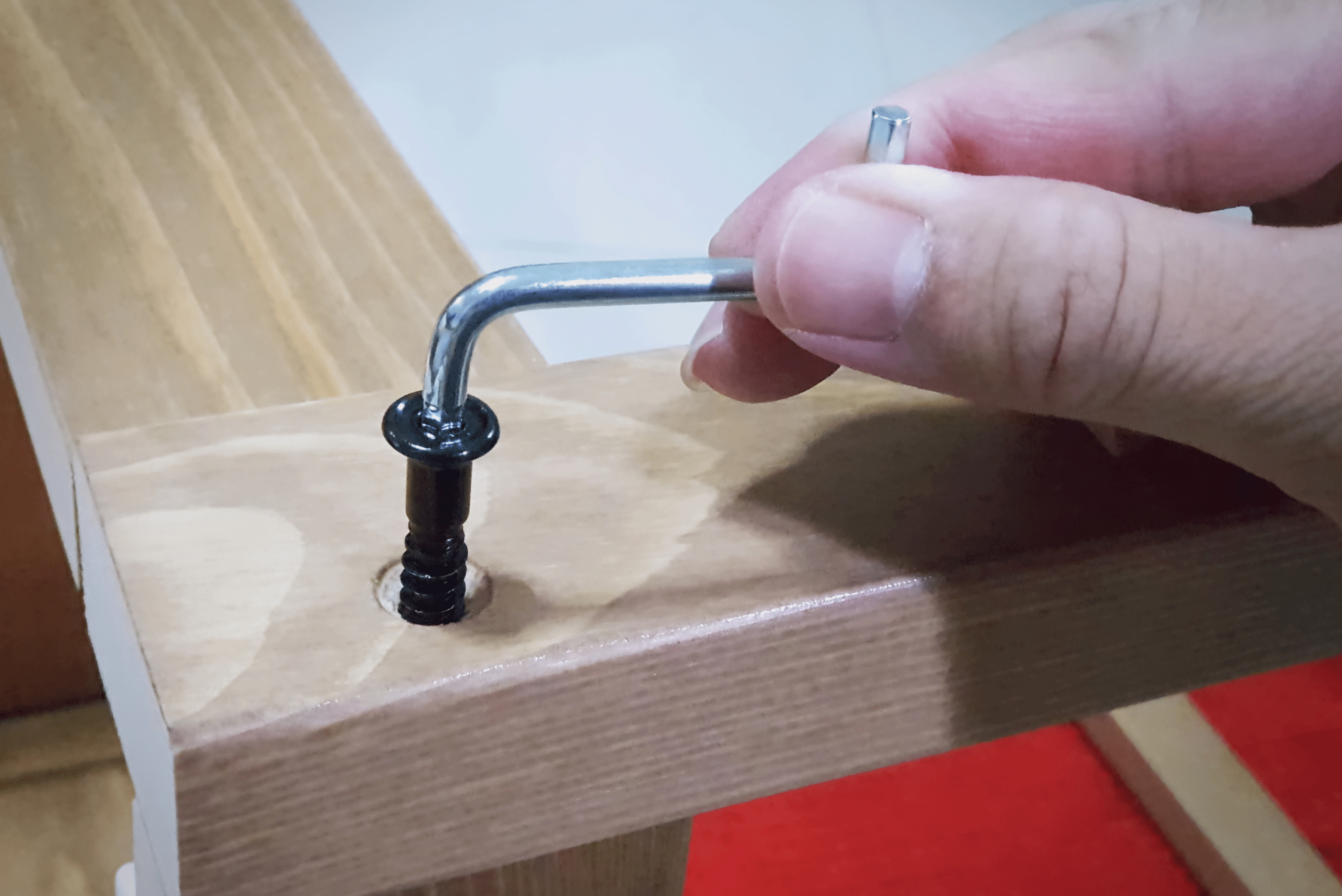
Over time, screws and bolts in your chairs may loosen with regular use. This can cause the legs, seat, or back to wobble, making the chair feel unstable. Start by flipping the chair over and locating any loose screws or bolts. Use the appropriate screwdriver or wrench to tighten each fastener securely.
If you find screws that keep loosening, try adding a dab of thread-locking adhesive to help keep them in place. For bolts, a small washer can also add extra support. This quick fix will often restore your chair’s stability without further intervention. Plus, it’s a simple way to prolong the life of your chairs.
2. Using Wood Glue for Loose Joints
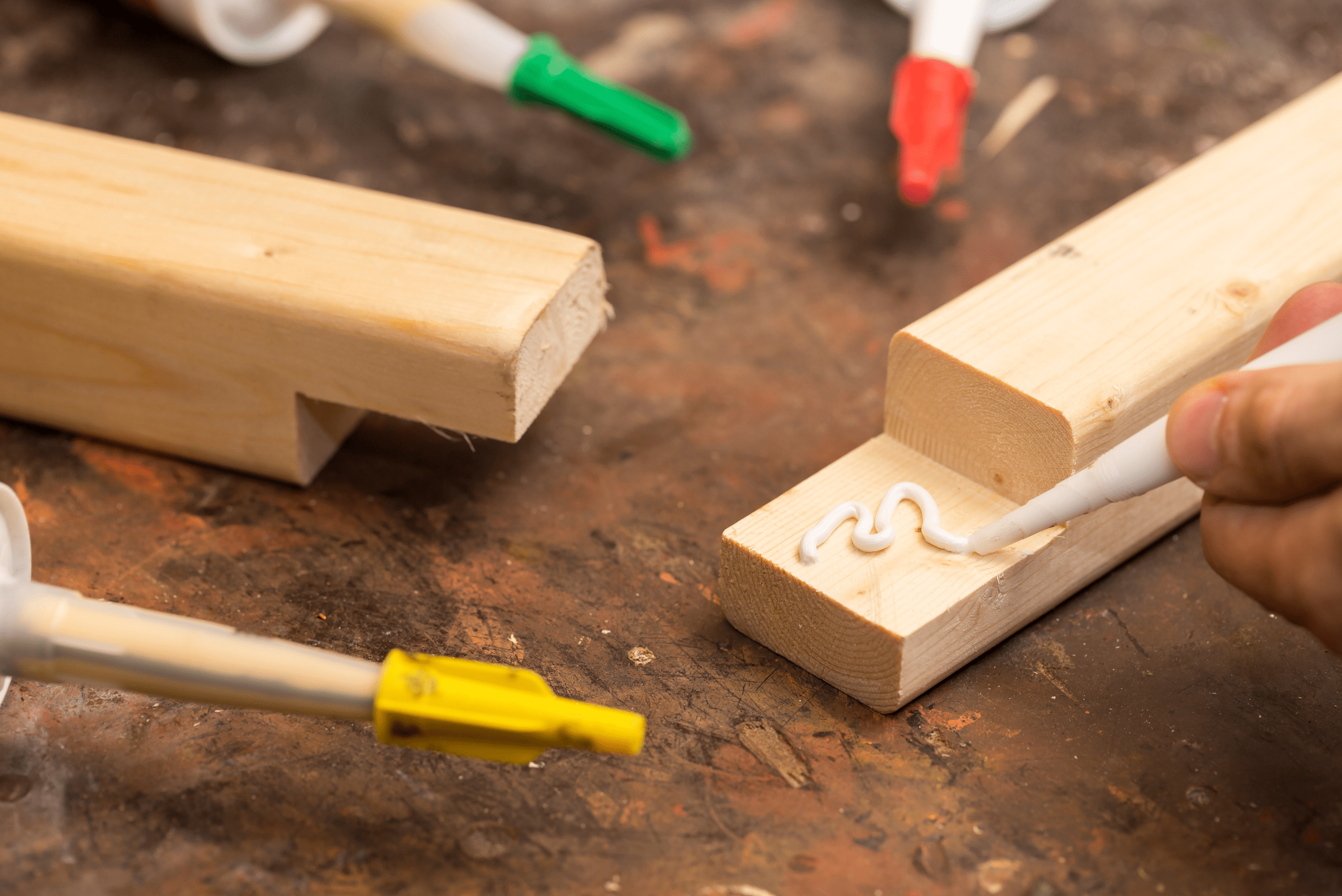
Wood joints are another common culprit for wobbly chairs, especially if your chairs are glued rather than fastened with screws or bolts. To fix loose joints, apply wood glue to any separated seams or loose joints. Use a clamp or heavy object to press the joint together as the glue dries, ensuring a tight bond.
For best results, allow the glue to cure fully before using the chair again, typically 24 hours. This method is ideal for chairs with wooden frames and adds a strong, lasting bond that can withstand regular use.
3. Reinforcing with Corner Brackets
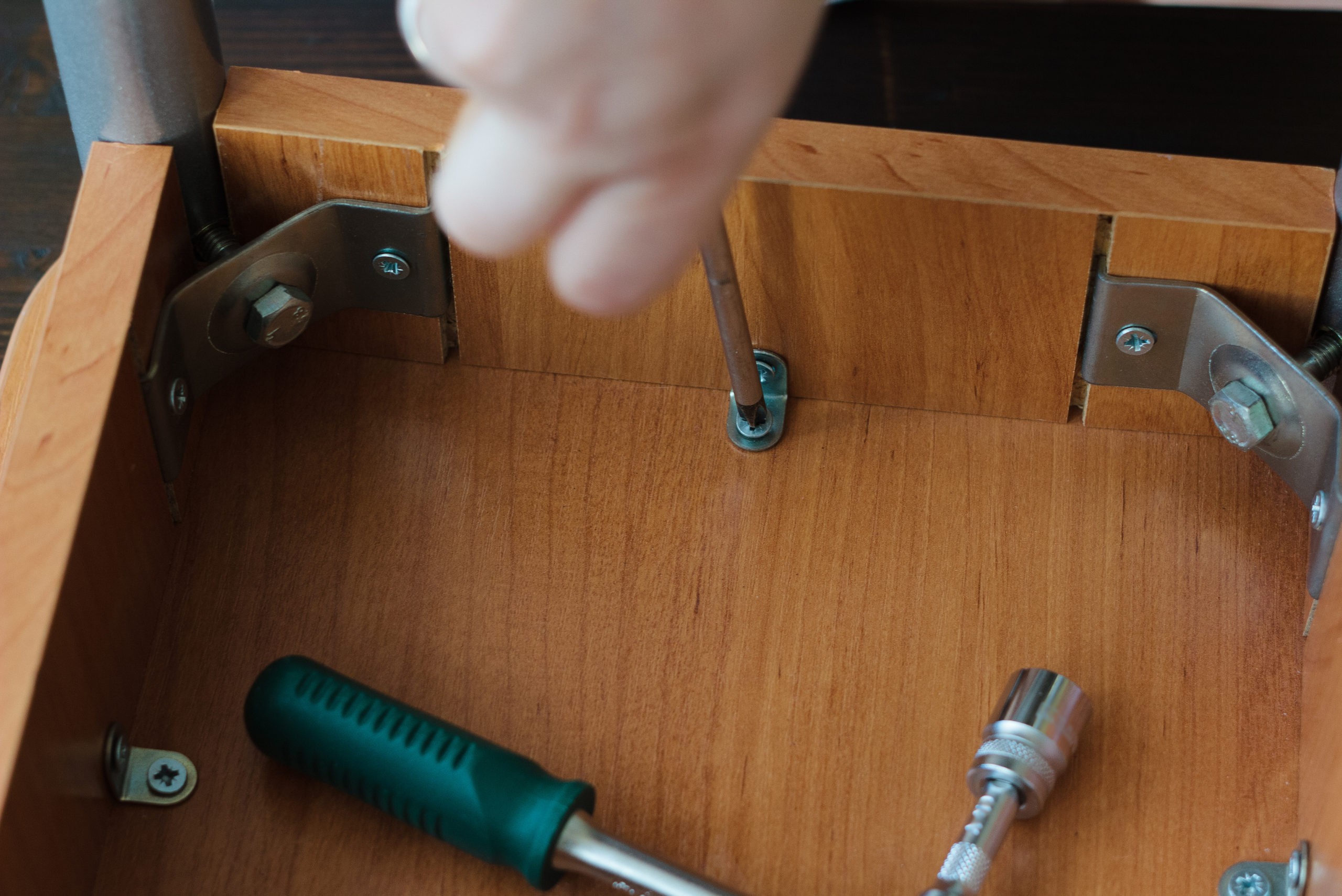
If your chair’s frame feels loose or creaky, corner brackets are an effective reinforcement. Metal corner brackets add additional support to the joints, reducing movement and distributing weight more evenly. Position brackets inside the corners where the legs meet the seat or along the backrest.
Install the brackets with small screws, taking care to avoid splitting the wood by drilling pilot holes first. Corner brackets can often make a big difference in stabilizing older chairs that have worn down with time.
4. Using Felt Pads to Stabilize Uneven Legs
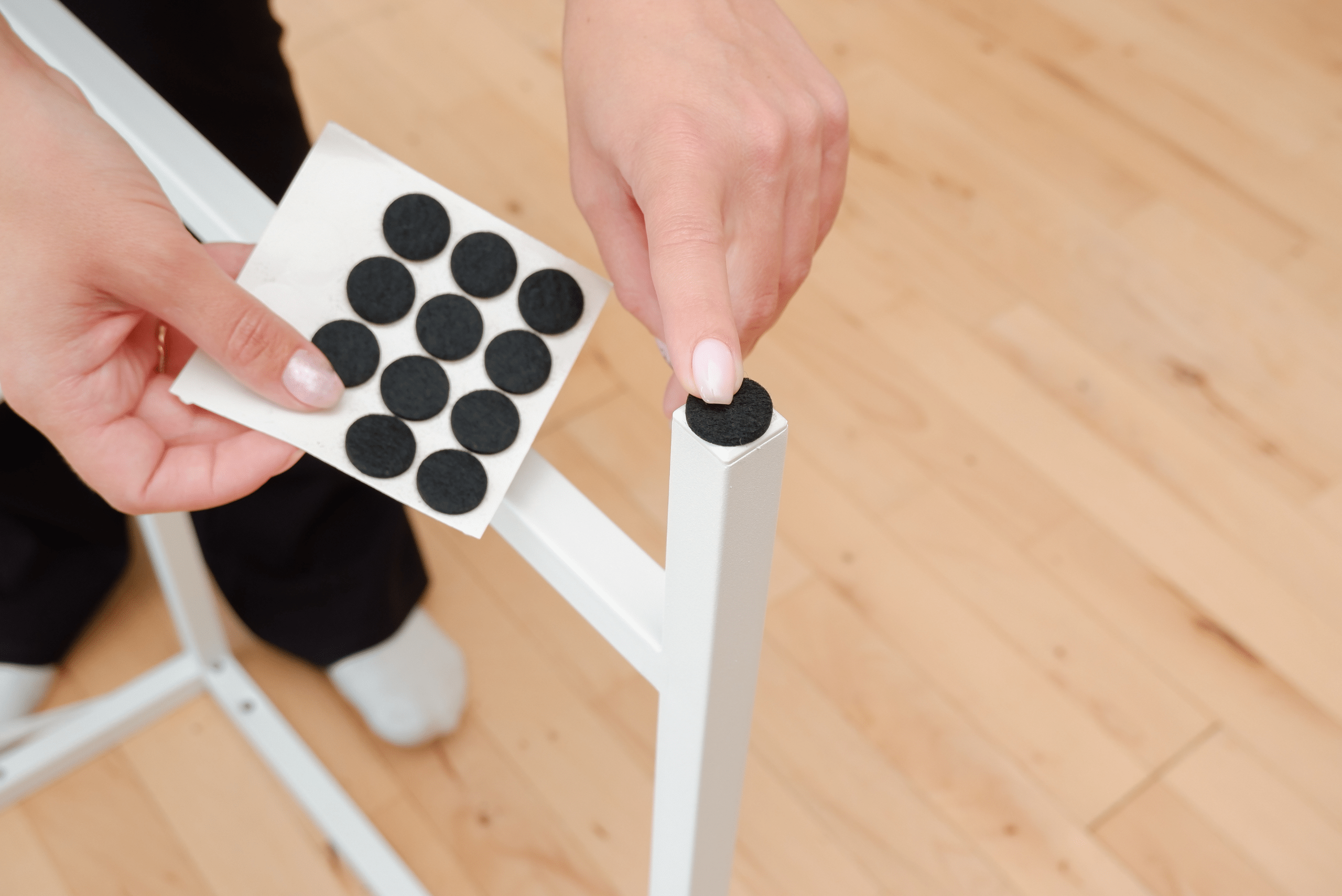
Sometimes, chair wobbling is due to uneven legs rather than loose components. Felt pads are a simple solution for chairs that wobble on hard flooring. Apply self-adhesive felt pads to the shorter legs until the chair sits level. You can add extra layers of felt to adjust the height as needed.
For best results, check the stability by sitting on the chair and making sure it doesn’t rock. Felt pads are easy to find at most hardware stores and won’t damage floors, making them a quick, inexpensive fix for uneven legs.
5. Replacing Worn-Out Dowels and Pegs
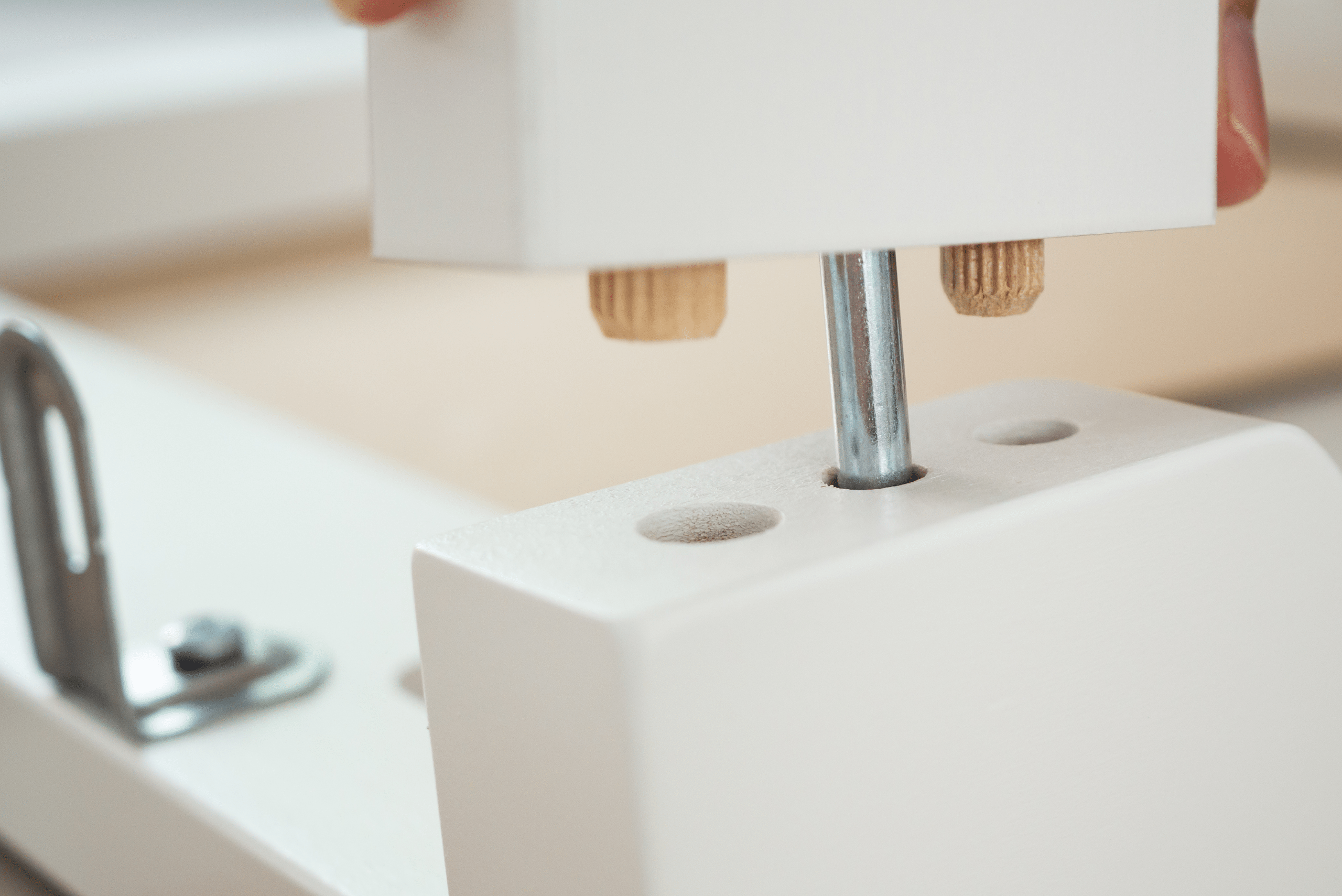
Older wooden chairs often use dowels and pegs to connect joints. With time, these small pieces can wear down or even break, leaving the chair unstable. To fix this, you can replace worn or broken dowels with new ones from a hardware store. Simply remove the old dowel, apply wood glue, and insert a new dowel of the same size into the joint.
Allow the glue to dry fully before using the chair again. This replacement technique can significantly reinforce joints and prolong the life of your chairs, particularly if they’re made from traditional wood.





